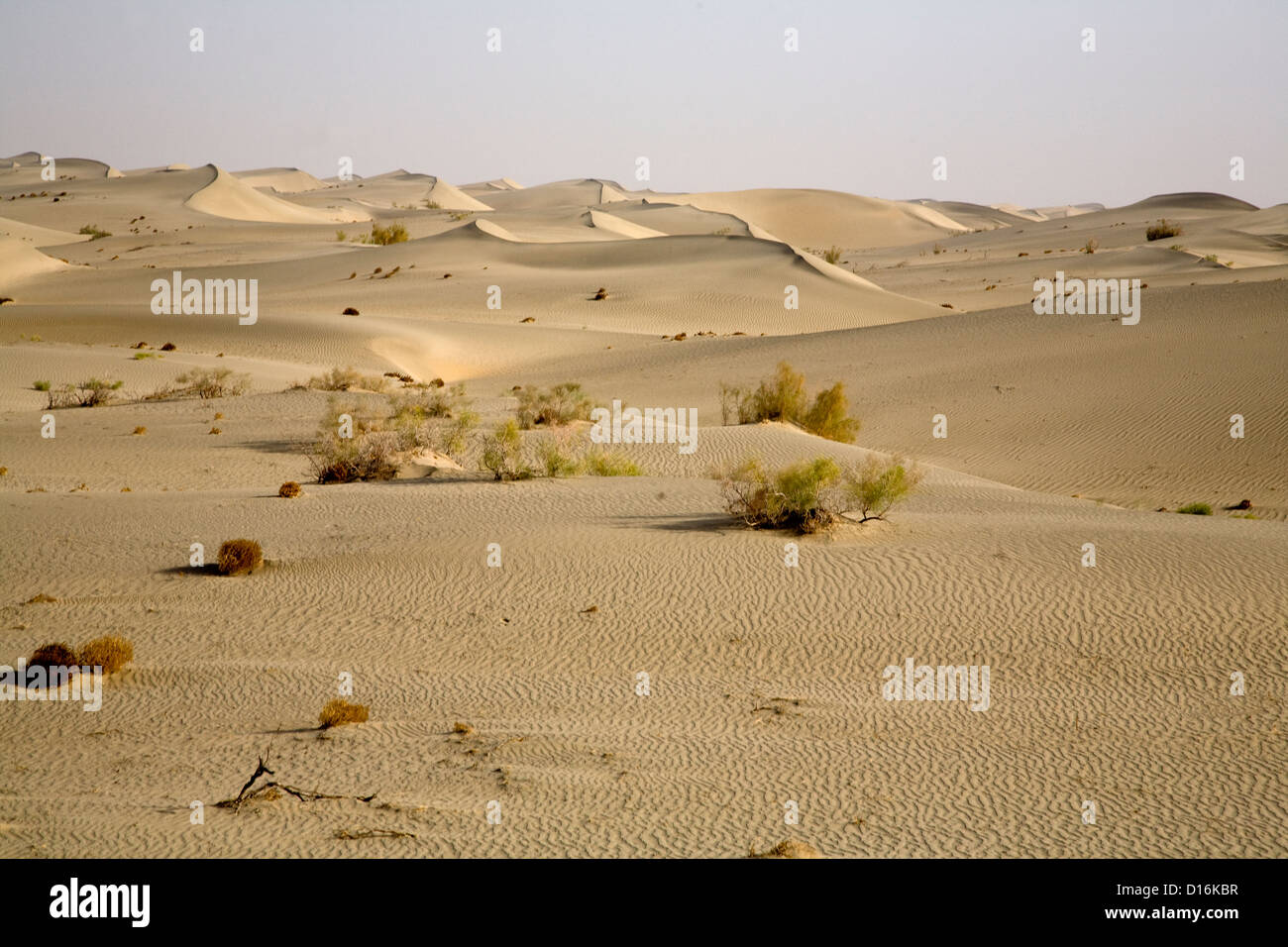
The Taklamakan Desert near Hetian along the Silkroad, Xinjiang, Uygur Autonomous Region, China
Tunganistan was an independent administered region in the southern part of Xinjiang from 1934 to 1937. The territory included the oases of the southern Tarim Basin; the centre of the region was Khotan. On December 22, 1949, PLA forces reached Hotan. In 1950, the area was redesignated as Hotan District ( 和闐 專區 ). [16]
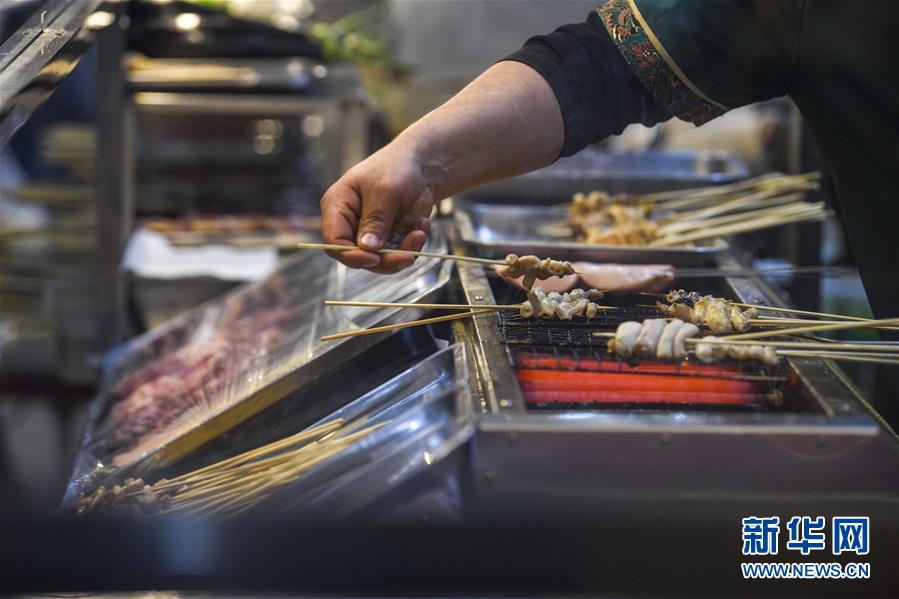
Xinjiang réouverture du marché nocturne de Hetian
Hotan County is the southernmost county-level division of Xinjiang. The county borders Karakax/Moyu County to the northwest, Hotan City and Lop County to the northeast, Qira County to the east, Pishan County to the west, and (in Aksai Chin) Rutog County, Tibet to the southeast.

A camel in the Taklamakan Desert near Hetian along the Silkroad, Xinjiang, Uygur Autonomous
INTRODUCTION The Chinese character "Yu" is equivalent to the English term "jade," but the term's meaning has broadened to include both nephrite and jadeite jade. Some even use the word to refer to all beautiful rocks, demonstrating the significance of jade in the Chinese culture.

A camp of tents in the Taklamakan Desert near Hetian along the Silkroad, Xinjiang Province
Hetian was always a hustling center on the south route of the ancient Silk Road and prospered when the road made an unprecedented prosperity during the Sui (581-618) and Tang (618-907) dynasties. China Adventure Tours - China Exploration, Adventure and Travel Service

Strong sand storm hits Hetian area in Xinjiang (3/3)
In China, the most reputable jade producing area is Hetian in Xinjiang Province. Hetian jade is so hard that it can scratch glass. It has often been found in very huge pieces. An example of this is the huge jade hill on which the grand scene of Yu the Great leading people to control flood is elaborately carved. It was 5,350 kg weight (11,795.

273 Hetian Xinjiang Stock Photos Free & RoyaltyFree Stock Photos from Dreamstime
Hetian, Xinjiang Province. Hetian is the origin for Hetianyu, one of the five most famous jades in China. Hetianyu is a kind of soft jade, mildness and exquisite, and presents grease sheen.. It long enjoyed a good reputation in China's "Four Famous Jades" ranked second. It has a very long history. More than 5000 years ago, people has.

The dreams of Hetian jade diggers
Hetian jade, pure white with muted luster, is also called mutton-fat white jade in China. The Hetian area, known as Khotan in ancient times, originally came from the word Godana or Khotana, which meant "Breast of the Earth."
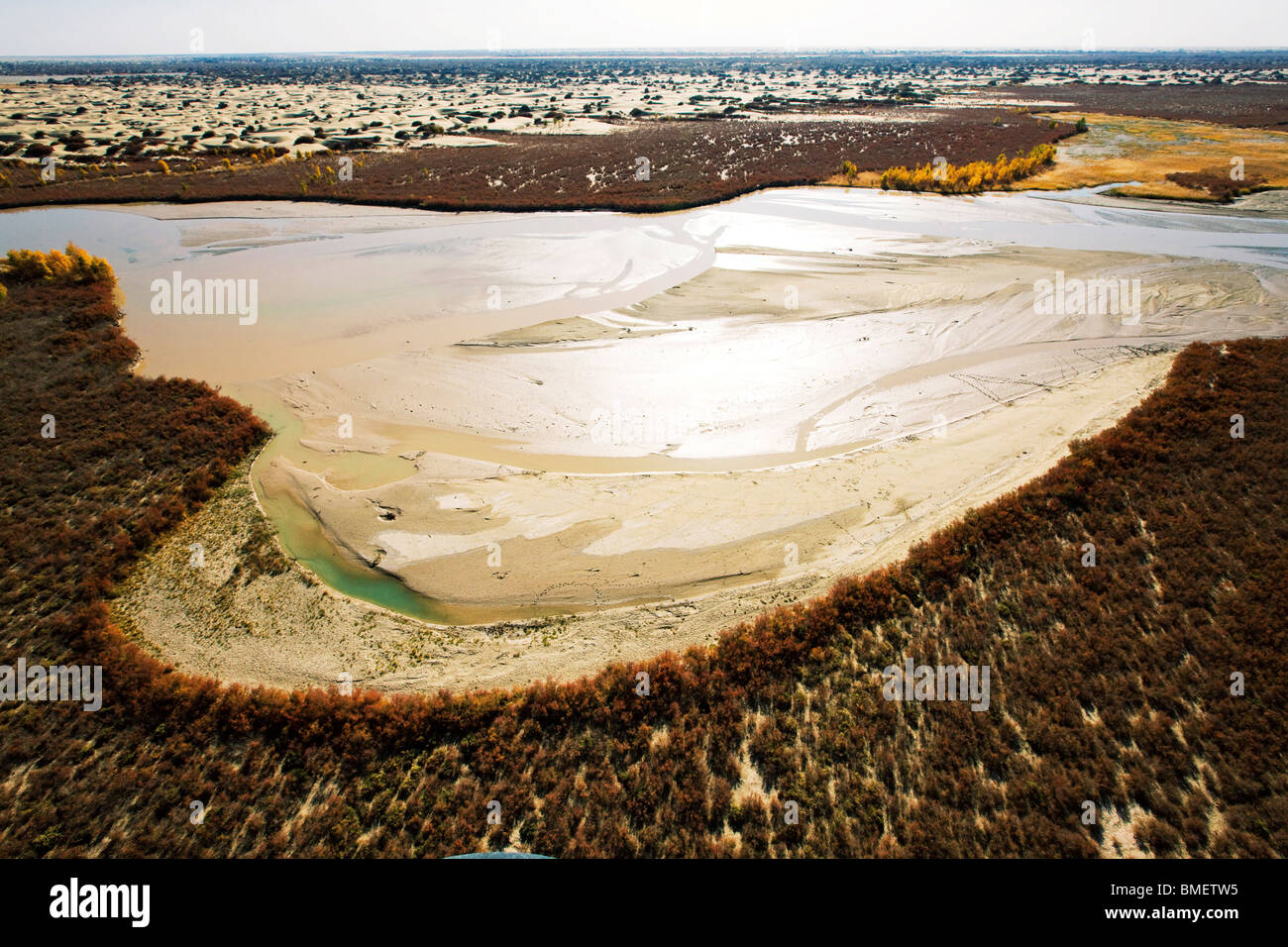
Hetian River runs dry, Moyu County, Hotan Prefecture, Xinjiang Uyghur Autonomous Region, China
Adjust font size: BEIJING, Jan. 5 (Xinhua) -- A Chinese foreign ministry spokesperson said on Friday that Xinjiang will keep its door open to the world, adding China sincerely welcomes more.

Xinjiang réouverture du marché nocturne de Hetian
It is located in the south corner of Xinjiang Uygur Autonomous Region, with its center at 79.92 ° E and 37.12 ° N. it borders the Kunlun Mountains and Tibet Autonomous Region in the south, the Taklimakan Desert in the north and Aksu, Bayingolin Mongolian Autonomous Prefecture in the East, Kashgar in the west, and Karakoram mountains in the south.

MOSQUE Khotan Mosque (Hotan / Hetian) is an oasis city in the Xinjiang Uygur Autonomous Region
Western China's vast and beautiful Xinjiang region became notorious for the arbitrary detention and "re-education" of hundreds of thousands of Muslim Uyghurs, whose language and cultural identity.
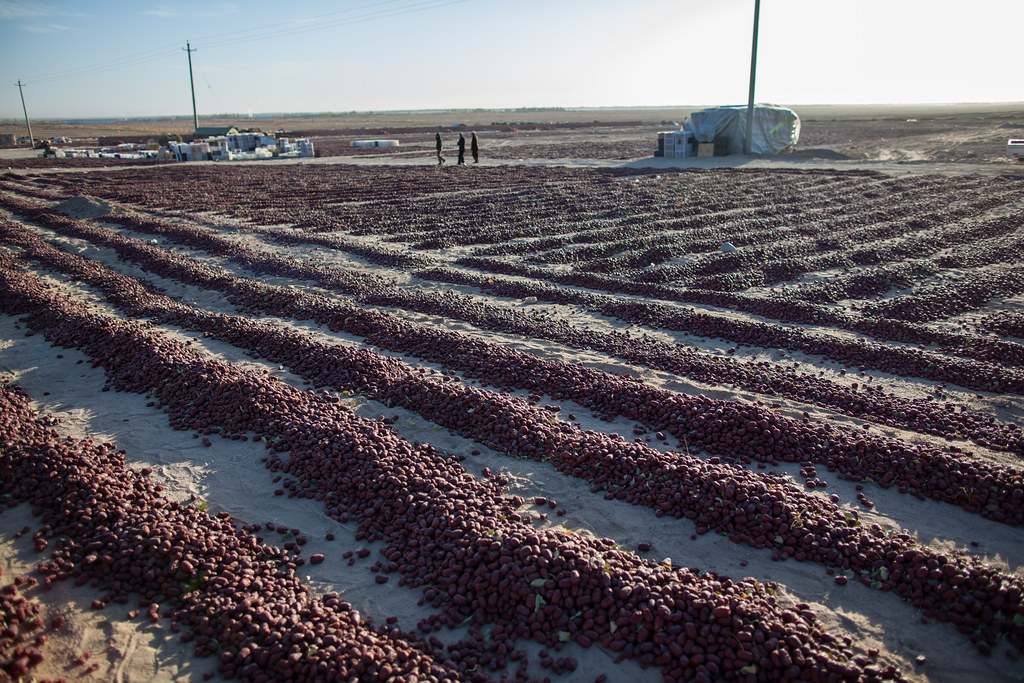
Elevation map of Hotan, Xinjiang, China Topographic Map Altitude Map
1. The Atlas silk handcraft, or completely the "Hotan City Jijya Liren Atlas Silk company limited" is located in Jija, on the road X658, north east of Hotan, 37° 10'3.50"N, 79°59'54.40"E. It was 13 kilometer by car from our hotel in the centre of Hotan. 2. We visited this silk handcraft on a day in May 2018.

The Street Landscape of Hetian City, Adobe Rgb Editorial Image Image of color, changed 163550990
Hetian is a pearl on the Silk Road famous for its unique ruins of ancient city and specialties as Hetian jade, silk, carpet. It boasts of wonderful view of the world's second largest desert, the site of the Silk Road with a history of two thousand years, the towering snow mountains, the magnificent glacier and other humanic views.
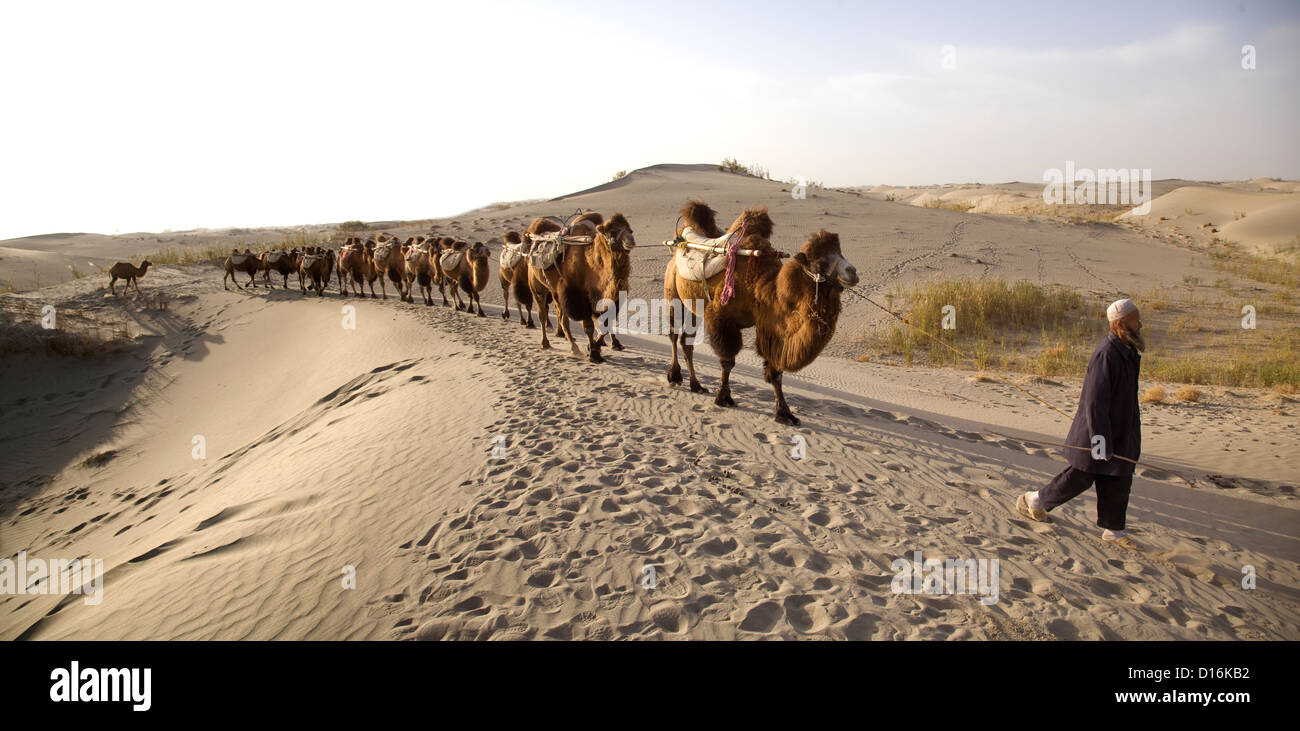
A man leading a camel caravan in the Taklamakan Desert near Hetian along the Silkroad, Xinjiang
1. Hotan Airport is located about 11.5km (7 mi) south of the city downtown area. It has 6 daily flights to Urumqi and other direct flights to Beijing, Chengdu, Chongqing, Guangzhou, Xi'an, Tianjin, Zhengzhou, Aksu, Kashgar and Yining. Airport shuttle bus is available to Hotan Railway Station. 2.
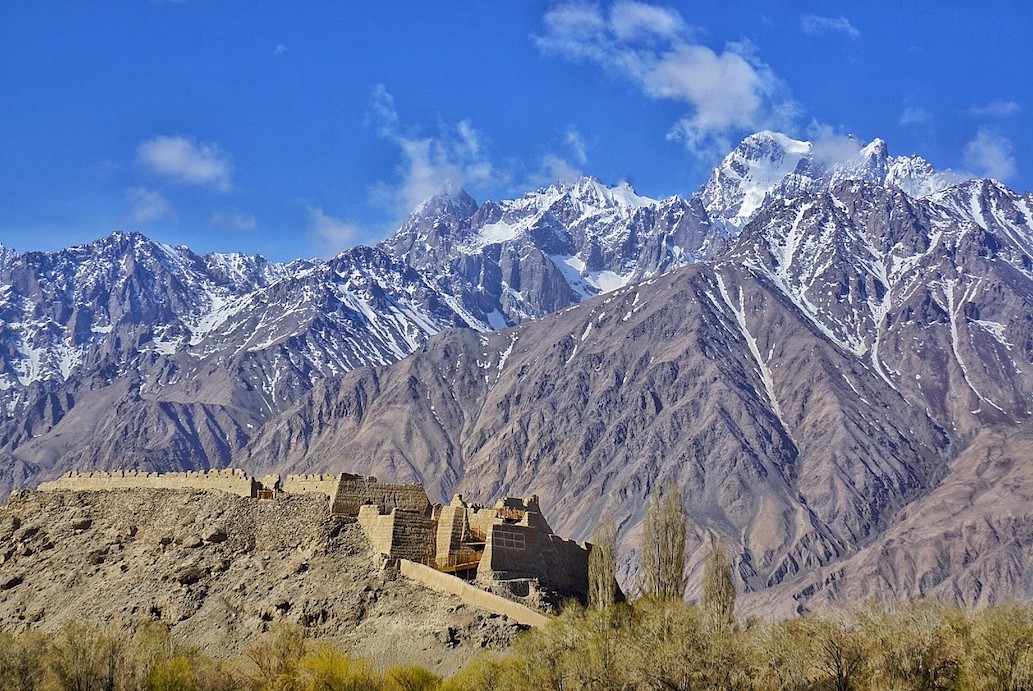
Xinjiang Mountains and Minorities, Scenery and Spice

Jade mining along river in Hotan, Xinjiang, China Stock Photo Alamy
Khotan (also spelled Hotian, or Hetian) is the name of a major oasis and city on the ancient Silk Road, a trade network that connected Europe, India, and China across the vast desert regions of central Asia beginning more than 2,000 years ago. Khotan Fast Facts

Hetian Fluss läuft trocken, Moyu County, Hotan Präfektur, Uigurischen Autonomen Gebiet Xinjiang
Hotan (see also § Etymology) is a major oasis town in southwestern Xinjiang, an autonomous region in Northwestern China. The city proper of Hotan broke off from the larger Hotan County to become an administrative area in its own right in August 1984. It is the seat of Hotan Prefecture .